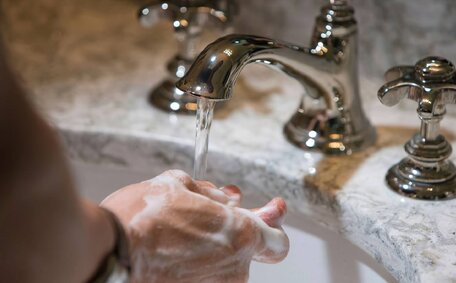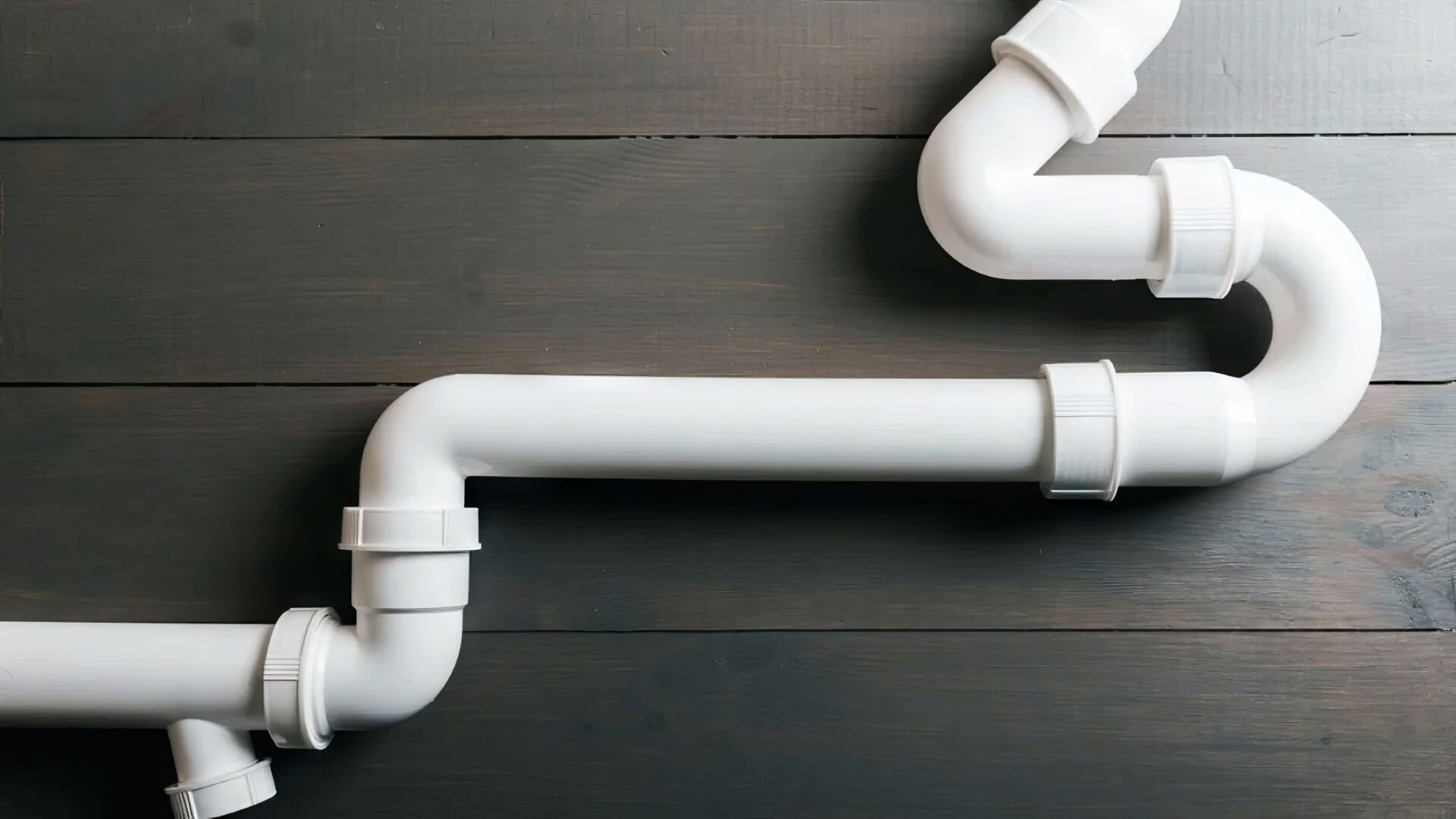Introduction to Flushing a Hot Water System
An annual flush of your water heater is essential for maintaining its efficiency and extending its life.
Draining your hot water system routinely helps prevent sediment accumulation, maintains water pressure, preserves temperature consistency, reduces energy expenditure, and prevents expensive repairs.
Flushing involves shutting off the power and water supply, connecting a hose to the drain valve, emptying the tank, refilling it, and turning the system back on.
At Lalor Park Plumbing, we are specialists when it comes to storage hot water maintenance. Our expert team has flushed countless systems over the years - we know all the right techniques to efficiently clean out your tank and pipes without causing any damage.
When to Flush Your Hot Water System
Manufacturers typically suggest flushing your water heater every 12 months to avoid problems that can clog the system. The frequency of flushing may differ; areas with hard water might require it every 6-9 months to prevent mineral buildup.
Draining your hot water heater annually is often sufficient if you have a clean water supply. Annual flushing removes debris and extends your system’s lifespan. Investing time in regular flushing can prevent significant repair costs in the future.
Flush the system if you notice drops in water pressure, temperature fluctuations, unusual noises, or leaks. Don’t hesitate to call us at Lalor Park Plumbing if you’re worried about anything that may damage your hot water system.
These signs can cause concern as they indicate sediment accumulation or other problems needing urgent attention.
Preparing to Flush Your Hot Water System
Before flushing, gather all required tools and observe safety measures. You’ll need:
- Garden hose
- Bucket to catch water flow
- Gloves to protect your hands
- Pressure relief valve
- Thermometer to check water temperature
Confirm the gas and power to your water heater are turned off at the circuit breaker before maintenance. Verify the water has had time to cool down to a secure temperature by running a hot tap and inspecting with a thermometer, similar to monitoring a heater’s pilot light.
Have your garden hose drain ready to connect to the drain valve located at the bottom tank of your water heater. Position the other end in an area where discharged water can flow away safely. Place a bucket underneath to catch initial debris.
Close the cold water inlet valve to stop water flow into the system. This step is crucial because you must remove all pressure from the tank in order to flush tap water out properly and avoid damage.
Open the pressure relief valve at the top, functioning as a drainage valve, to allow compressed air to escape, relieving internal pressure. With the tank depressurised and water supply isolated, you’re prepared to flush the hot water system.
Locating the Drain Valve
To efficiently flush your system, locate the drain valve usually at the tank’s base. It may be a spigot, ball valve, or gate valve. Look for copper or plastic piping coming from the base of the tank going to a nearby wall or floor drain.
Place a bucket under the valve to collect the water once you open it. It’s common to see some sediment or rust-coloured water initially. Place the end of your garden hose over the drain valve spout.
If you have difficulty finding the drain valve after turning off your hot water system, turn off the water and power supplies for safety, then inspect around the perimeter of the tank. Contact our team at Lalor Park Plumbing if you need assistance.
Shutting Off Water and Power
Ensure the water supply and power source are safely turned off before draining the system. Ensure the water supply and power source are safely turned off before draining the system.
It’s also advisable to switch off the electric hot supply to the entire property at the main breaker panel if you are unsure.
Turn the cold water shut-off valve off that feeds the inlet back into the hot water system. The valve, should you need to turn hot water off, is typically found near the water metre. Ensure all taps are off cold, then open a hot water faucet, which is also called an open faucet, to allow the pressure to drain.
With the power and cold water supply off, proceed to safely drain the water by allowing it to exit through the drain valve. Take all necessary precautions even with supplies disconnected. Never drain or work on a hot water system while powered on due to serious scald risks.
Attaching a Hose and Opening Faucets
Securely fasten your garden hose to the drain valve to prevent it from disconnecting under pressure. Ensure the other end of the hose is directed safely away to an area where discharged water can drain away freely.
Securing the hose prevents any mess from improperly directed discharge. Select and open up a bathtub faucet or sink tub tap that is higher and the farthest from the water heater. This enables water remaining in the pipes to drain out into tank through the system via the open drain valve to which the hose is connected.
Turn on the hot tap fully.
Opening the taps one more time releases built-up pressure and permits the tank to drain sediment out freely. This step completes the hot water system preparation process before flushing can commence. Take caution even with taps open and no power, as small volumes of hot water may initially flow - check temperatures before contact.
Step-by-Step Process for Flushing
Follow these steps to thoroughly flush your hot water system:
- With the drain hose attached and faucet opened, slowly open the drain valve to release pressure. Allow initial debris to flow into the bucket.
- Once water initiates its steady flow, keep the valve open all the way to maximise water flow during the flush. Let it drain completely until empty.
- Close the drain valve. To turn cold water into the system, disconnect and reposition the hose into the cold water inlet valve.
- Then turn the supply valve for cold water on to refill the tank with fresh water. Burst it a few times to water your heater interior and agitate and dislodge sediment.
- Learn how flush hot water systems: when the water runs clear with no debris, close the cold water valve and remove the hose. Reopen the drain valve to drain and clean out residuals.
- After fully drained again, close valves and reconnect plumbing to original cold water line.
- Plug the power source back in and then turn on the heater to heat the refilled tank. Inspect for proper operation.
Take all necessary safety precautions throughout the process. Contact our team at Lalor Park Plumbing if any issues arise during flushing.
Draining the Tank
Once the drain valve is opened, the water, heated by the heating elements, will drain from your tank through the attached garden hose. This drainage process can take 15-30 minutes for a typical residential tank to empty completely, depending on its size.
Expect a steady stream as you flush your water, possibly with some sediment initially. Over time it should run cleaner as deposits flush out.
Some discoloration is normal from mineral residues. Some discoloration is normal from mineral residues.
Allow the tank to drain fully until the water flow stops, showing it is empty. Occasionally check the drain valve and hose for secure connections as pressure is released. Once drained, the tank can be refilled with fresh water to complete the flush.
Flushing Out Sediment
Please note, an important step when flushing is to rinse any sediment after draining the tank fully. With the drain valve closed again after having flushed your system, reconnect your garden hose to the cold inlet valve. Turn on the water supply to refill the tank, then quickly turn it on and off a few times.
Bursts of water help break up and remove mineral deposits and debris. You may see some flakes or dirty water being flushed out as you flush water initially. Keep repeating the quick burst process until the water clear of sediment starts flowing into the tank.
This flushing method thoroughly cleans the tank and clears residue from pipes leading to the heater. Taking this extra step will maintain optimum efficiency and pressure, while preventing buildup issues long-term.
Closing Valves and Refilling
Once the tank has been fully drained and the cold water bursts applied to rinse out sediment, you can close the drain valve again. Remove hose, then reconnect the plumbing to the cold inlet valve as normal.
Open the valve to enable fresh water to refill the tank, ensuring the system receives a complete flow. The sound of air escaping the system may cause gurgling in the pipes. Keep flushing water into the system; let the tank fill until water flows steadily from the hot water tap you have open.
When full, turn off your thermostat water source. Double check all valves are properly closed, the hose is detached, and ensure hot water is coming out of the plumbing cold water line as normal. Finally, turn the power back on and allow the water heater to drain any air and reheat.
After completing the system flush, you should experience improved water quality from your taps.
Turn on your hot water tap to check the water flow through cleanly without debris. Allow time for the heater to process more water before reaching the desired temperature again for use. Contact Lalor Park Plumbing if you’re unsure about how to flush my water heater.
Restarting and Checking System
Once the tank is refilled, re-energise the power supply and restart your hot water system as the final step. Locate the circuit breaker that controls your hot water heater to flush hot water and switch it to the "on" position.
Give the water time to reheat to the desired temperature, which you can check with a thermometer at a hot water tap. When hot water flows steadily, do a final check that all valves are closed, connections are tight, and no leaks are visible before returning the system to normal use.
Performing a flush your water heater routine annually keeps it working efficiently and prevents sediment buildup. Ring our team at Lalor Park Plumbing for queries about how to conduct a heater flush.
Maintenance Tips
Beyond flushing your hot water system annually, some other maintenance tips include:
- If you have a gas water heater, inspect anodes and replace if corroded - these rods protect the tank interior
- Check pipe connections for leaks and ensure valves are working correctly
- Monitor water pressure and heat times - decreasing performance can indicate issues
- Descale heaters in hard water areas to reduce mineral and sediment build up
- Have a plumber service the unit if any problems arise like odd noises
Preventative maintenance is a good idea to help maximise the lifetime of your system. The small effort involved saves much larger repair bills down the track. Contact our team at Lalor Park Plumbing if you need a hand with any hot water system maintenance.
When to Call a Professional
While the water heater flushing process may seem straightforward, its best to call a licensed plumber if you have any hesitation about safely draining your hot water system. We’re always happy to talk you through it at Lalor Park Plumbing.
If you face problems like finding valves, experiencing leaks or bursts, hearing abnormal noises, observing rusty water flow, or having pressure issues, please contact us immediately. Seeking assistance from a certified plumber for minor issues can prevent further water damage and may indicate your water heater requires servicing.
Complex integrated heat pump or tankless water heaters in your home may require specialist knowledge. Don’t take risks DIY flushing delicate technology without the proper skills. Call our 24/7 hotline on 1300 349 338 for appointments or advice whenever maintaining your hot water system.






